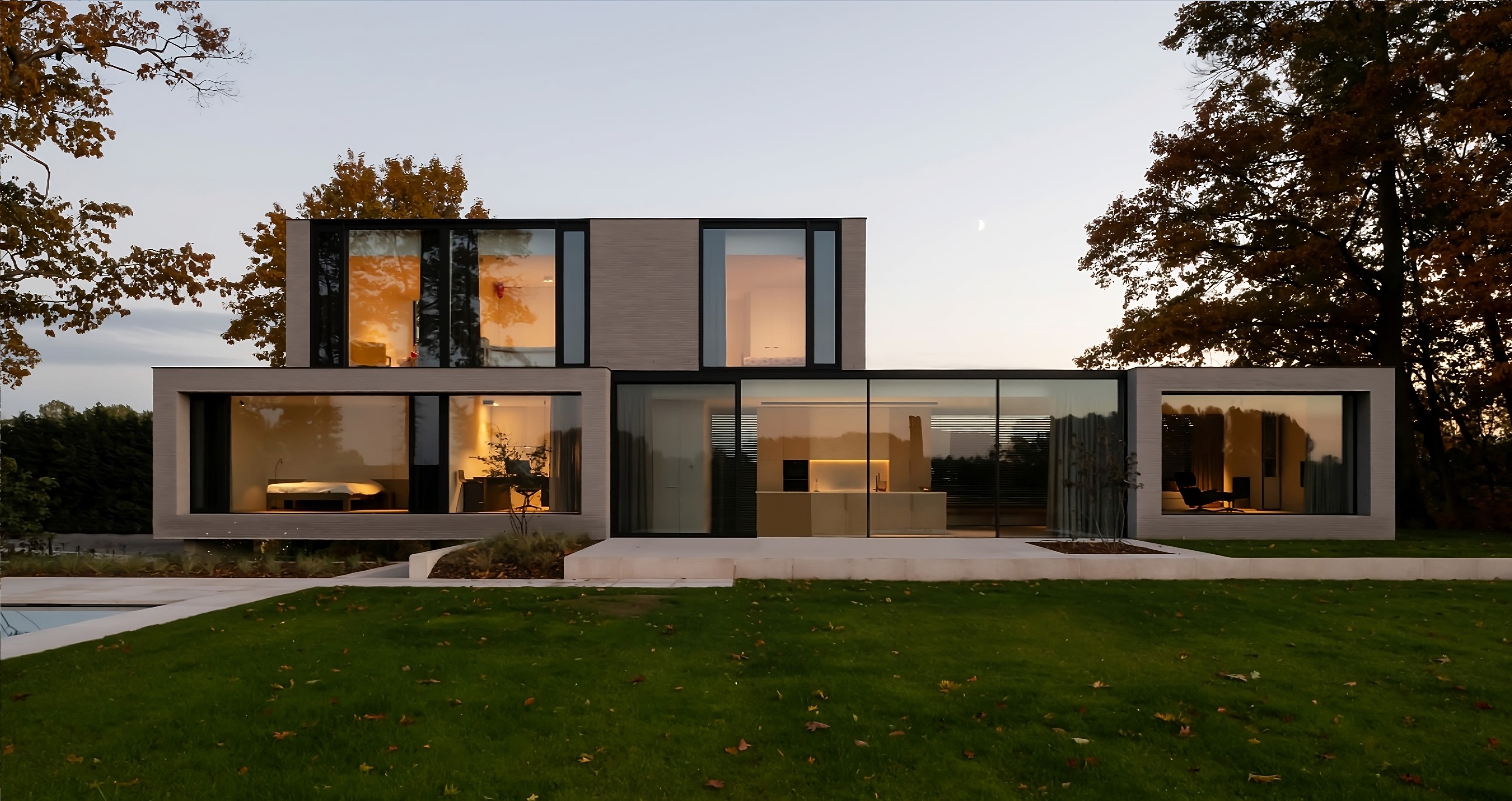Understanding the Los Angeles Wildlife Ordinance
Los Angeles showcases a world-renowned climate, awe-inspiring natural landscapes, and abundant biodiversity, all enriching the lives of its inhabitants. These exceptional features have been seamlessly integrated into the fabric of homes, businesses, roads, and the surrounding infrastructure.
In 2016, the Los Angeles City Planning took a proactive step by launching the Wildlife Pilot Study in response to a proposal put forth by City Councilmember Paul Koretz. This motion urged the City Planning Department to craft an ordinance containing a set of land use regulations aimed at preserving the city's wildlife corridors. The proposed Wildlife Ordinance, designed to safeguard habitats for indigenous wildlife and plant species, imposes limitations on dwelling sizes and mandates the adoption of wildlife-friendly construction practices.
The areas covered by the Ordinance encompass neighborhoods such as Bel Air, Holmby Hills, Hollywood Hills, Beverly Hills Post Office, Sunset Strip, and sections north of Mulholland, including Sherman Oaks, Encino, and Studio City. The geographical scope extends from the 101 freeway to the 405 freeway, southward to Sunset Blvd, and northward to Ventura Blvd, accounting for roughly 28,000 acres of Los Angeles.
According to the City of Los Angeles, on June 20, 2023, the proposed Ordinance underwent evaluation by the City Council's Planning and Land Use (PLUM) Committee and received unanimous approval (4-0). It is now set for a final vote in the full council. Discussions and revisions regarding the Ordinance are ongoing among city officials.
The primary objective of this Ordinance is to regulate development in a manner that preserves the city's wildlife. It will impact any new construction, including additions exceeding 500 square feet, certain remodeling projects within hillside areas, cumulative grading exceeding 500 cubic yards, and the removal of specific trees.
Key provisions include a maximum building height of 45 feet, a prohibition on grading slopes greater than 45 degrees, the mandatory planting of native trees and plants, the use of fences with openings for small animals, and the requirement of tinted windows to prevent bird collisions. Notably, no permits for grading, foundation work, construction, or land use will be issued for projects proposing 1,000 cubic yards or more of remedial grading or residential floors exceeding 6,000 square feet.
Furthermore, the Ordinance lowers the threshold for triggering a site plan review, enabling the city to assess ongoing developments and determine their alignment with the Ordinance's objectives. While its primary impact is on single-family residences, it also extends to multi-family homes, commercial properties, and various zones within hillside areas.
One significant change introduced by the new Wildlife Ordinance is the elimination of exemptions for certain basements and garages, which were previously allowed under the Baseline Hillside Ordinance.
Years of deliberation and refinement are culminating as the Ordinance approaches its final vote. Although still subject to modifications and improvements, these restrictions are geared towards preventing excessive development and preserving vital wildlife corridors that facilitate safe animal movement through the hills. Whether you are a resident, an advocate for conservation, or somewhere in between, the Wildlife Ordinance addresses an essential issue that deserves attention and informed consideration.



